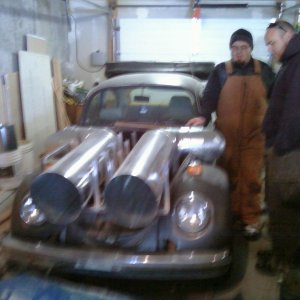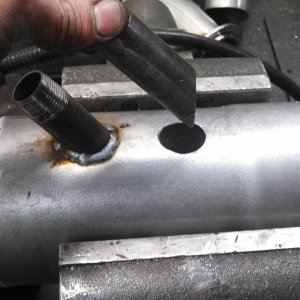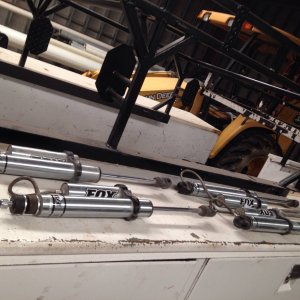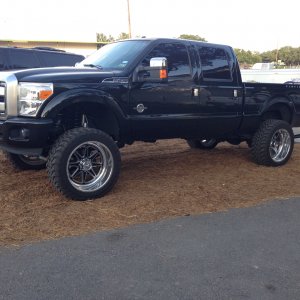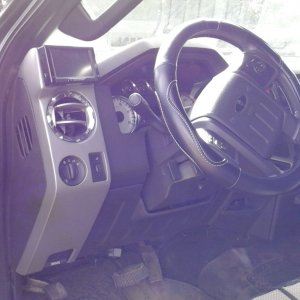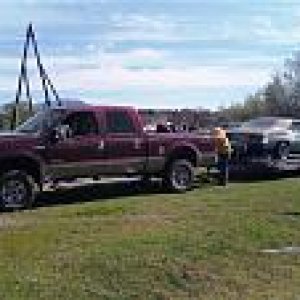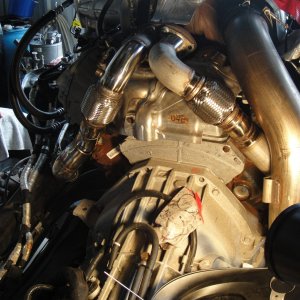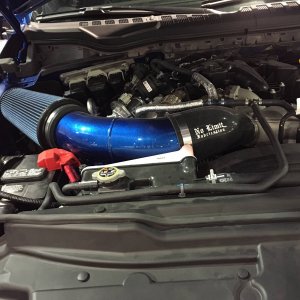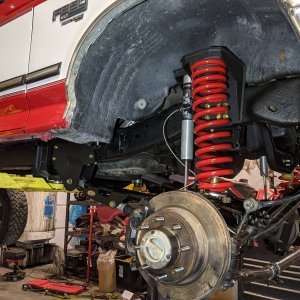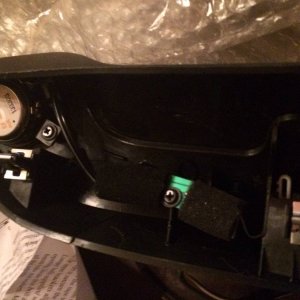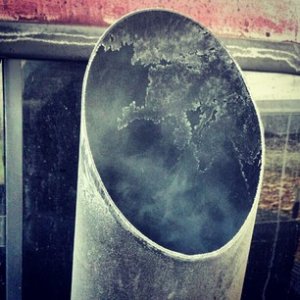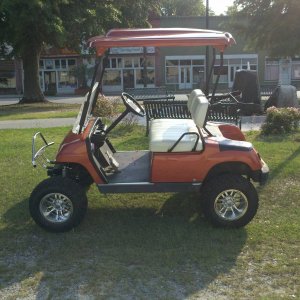littleredstroker
New member
Ben a while since Ive been around here but Im back now!
On my 03 Ive decided to make a little more room in the engine bay for future compound plans. There are a few things I need guidance on, and am open to suggestions.
What i have planned is im going to make a battery box that bolts to the bed with a cover that comes on and off fairly easy ( think like whats on the side of a semi). I am going to have 2- 4D batteries mounted there. From there i am going to run cables through the bed, down the Drivers side frame rail and up to the location of existing battery.
First question. I am looking for a distribution block where I can connect 3 cables with this type of terminal.
http://www.amazon.com/dp/B00030CYD8...e=df0&creative=395129&creativeASIN=B00030CYD8
Would this
http://www.amazon.com/Fastronix-Red...650084&sr=1-9&keywords=battery+terminal+block
be sufficient to work as a union? just have the 3 cables all connected here?
I will have cable coming in from the bed, connected to the existing + and - on the drivers side , and then have a cable going across to the Existing passenger side + and -.
The links are just images of what I have in mind, I know sizes aren't correct.
The next question, What size cable do I need to use to keep my truck from catching fire?
and also what would be the best option as far as corrosion control?
any other thoughts, ideas, or input?
On my 03 Ive decided to make a little more room in the engine bay for future compound plans. There are a few things I need guidance on, and am open to suggestions.
What i have planned is im going to make a battery box that bolts to the bed with a cover that comes on and off fairly easy ( think like whats on the side of a semi). I am going to have 2- 4D batteries mounted there. From there i am going to run cables through the bed, down the Drivers side frame rail and up to the location of existing battery.
First question. I am looking for a distribution block where I can connect 3 cables with this type of terminal.
http://www.amazon.com/dp/B00030CYD8...e=df0&creative=395129&creativeASIN=B00030CYD8
Would this
http://www.amazon.com/Fastronix-Red...650084&sr=1-9&keywords=battery+terminal+block
be sufficient to work as a union? just have the 3 cables all connected here?
I will have cable coming in from the bed, connected to the existing + and - on the drivers side , and then have a cable going across to the Existing passenger side + and -.
The links are just images of what I have in mind, I know sizes aren't correct.
The next question, What size cable do I need to use to keep my truck from catching fire?
and also what would be the best option as far as corrosion control?
any other thoughts, ideas, or input?


